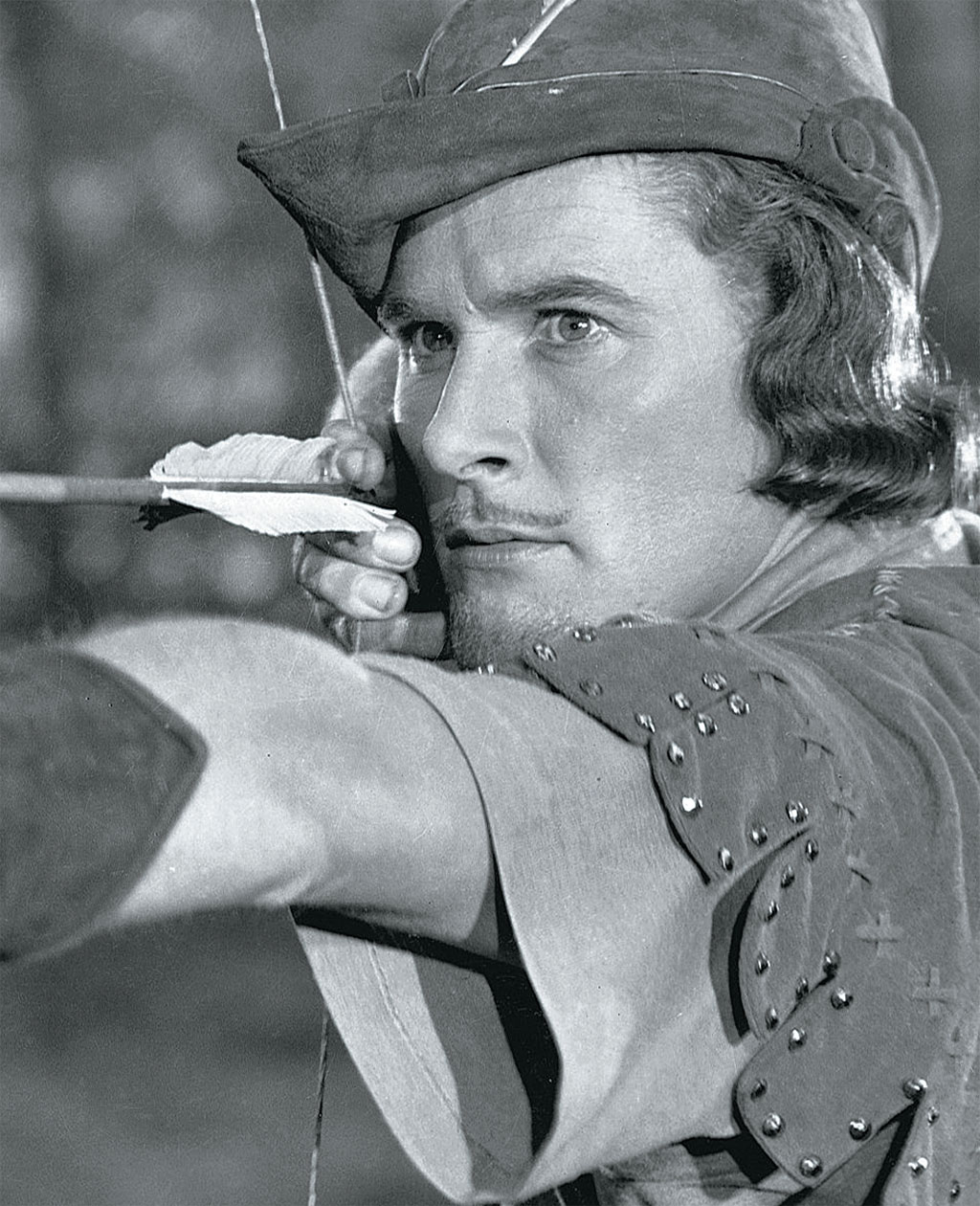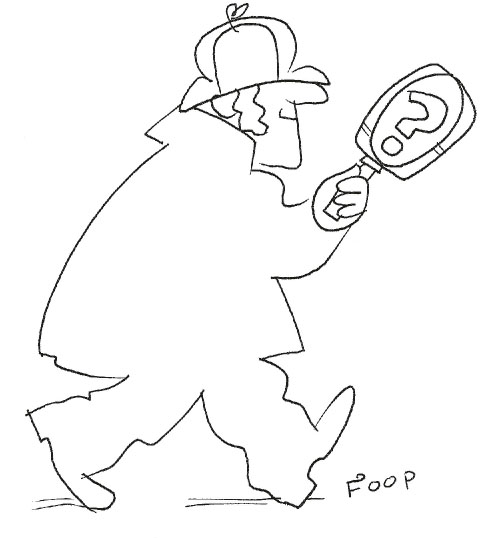
IN THE LATE 12TH CENTURY, England was divided into two castes. The native Saxons, or “English,” were bested a century earlier by William the Conqueror. Within a generation, lands and titles were stripped from the Saxon thanes and granted to Norman knights. The Saxons were getting pretty tired of being oppressed and paying taxes. Into this historical context rode a hero of the occupied English, who gave the common folk something to cheer about.
Outlawed by the Normans, a Saxon yeoman, Robin of Locksley, takes refuge in the vast undergrowth of Sherwood Forest. He gathers around him a motley gang of peasants and vagabonds who have similarly run afoul of Norman law or found its bondage intolerable. Across the East Midlands Robin Hood and company take the Saxon country folk under their protection, relieve their destitution and avenge Norman injustice. Robin and his gang live in Sherwood Forest, largely by natural law. They do indeed finance their existence and their social program by relieving the Norman nobility and their lackeys of cash and chattels.
Robin Hood himself, the natural leader of this band of goodhearted brigands, is a magnificent physical specimen, chivalrous in love and master of the sexy weapon of the era—the longbow. He exemplifies courage and daring, risking himself again and again for others. He administers justice on behalf of the Merrie Men with mercy and good will. How can you not love this guy?
Several candidates for the “real” Robin Hood have been advanced over the years, but it doesn’t matter. History or legend, Robin Hood represents what our Anglo-American society aspires to in spirit, but hasn’t quite figured out how to properly articulate and integrate into our law and social consciousness: equity.
[caption id="RobinHood_img1" align="aligncenter" width="1024"]

©JOHN SPRINGER COLLECTION
The British Heritage Puzzler
[caption id="RobinHood_img2" align="aligncenter" width="502"]

Last issue’s Puzzler we posed: “Everywhere in Britain signposts indicate the mileage to London. From what place in central London is distance to the capital measured?”
Charing Cross. Just 100 yards or so east of Trafalgar Square, Charing Cross sits on the Strand in front of the train station. Actually, the original was the final Eleanor Cross, marking the progress of the body of Queen Eleanor of Castile to Westminster Abbey. It has been referenced as the central point of London since the early 1800s.
And now, answer this. I was a medieval diplomat, attached to the court and fluent in languages. I was Comptroller of Customs in London, a member of Parliament and an ambassador to France and Italy. But while my life provided the background, you know me for a different field of endeavor. Who am I?
Be a Puzzler player. Post us a card or an e-mail to: [email protected]. We would love to hear from you.





Comments